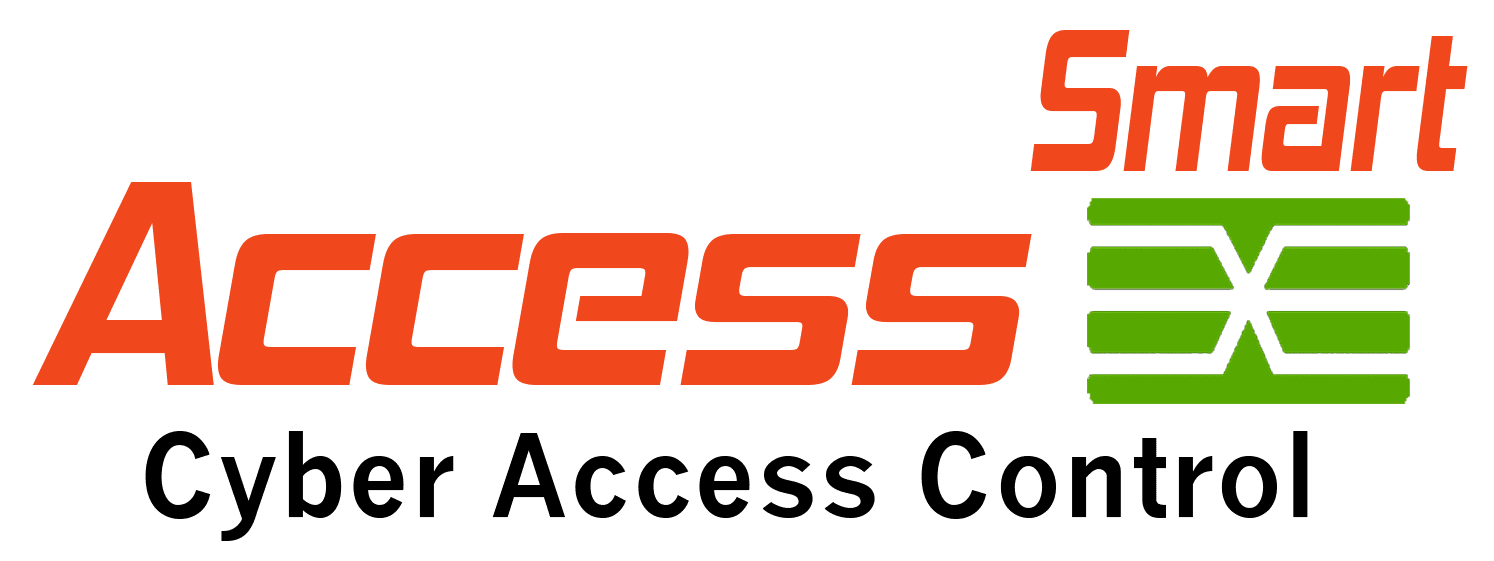By Microsoft, the FBI, Europol and industry partners. It’s about Time!
 In the past I have written many blogs about how software companies and OS developers need to start taking security more seriously. While Microsoft has been a focus of mine, it seems that they are finally being proactive. While there new Digital Crime Unit is important, they also need to start reworking an entirely new operating system from scratch with no backward compatibility to DOS or older versions of Windows. The Operating System should start from a security stance and then build in functionality. Plus, the rollout can be limited to get other software companies to make changes to their programs, but in five years “Patch Tuesdays” should be a footnote in history books.
In the past I have written many blogs about how software companies and OS developers need to start taking security more seriously. While Microsoft has been a focus of mine, it seems that they are finally being proactive. While there new Digital Crime Unit is important, they also need to start reworking an entirely new operating system from scratch with no backward compatibility to DOS or older versions of Windows. The Operating System should start from a security stance and then build in functionality. Plus, the rollout can be limited to get other software companies to make changes to their programs, but in five years “Patch Tuesdays” should be a footnote in history books.
The following is an excerpt from a recent Microsoft press release on ZeroAccess.
The Microsoft Digital Crimes Unit today announced it has successfully disrupted a rampant botnet in collaboration with Europol’s European Cybercrime Centre (EC3), the Federal Bureau of Investigation (FBI) and leaders in the technology industry, including A10 Networks Inc. The Sirefef botnet, also known as ZeroAccess, is responsible for infecting more than 2 million computers, specifically targeting search results on Google, Bing and Yahoo search engines, and is estimated to cost online advertisers $2.7 million each month. Today’s action is expected to significantly disrupt the botnet’s operation, increasing the cost and risk for cybercriminals to continue doing business and preventing victims’ computers from committing fraudulent schemes.
Due to its botnet architecture, ZeroAccess is one of the most robust and durable botnets in operation today and was built to be resilient to disruption efforts, relying on a peer-to-peer infrastructure that allows cybercriminals to remotely control the botnet from tens of thousands of different computers. ZeroAccess is used to commit a slew of crimes, including search hijacking, which “hijacks” people’s search results and redirects people to sites they had not intended or requested to go to in order to steal the money generated by their ad clicks. ZeroAccess also commits click fraud, which occurs when advertisers pay for clicks that are not the result of legitimate, interested human users’ clicks, but are the result of automated Web traffic and other criminal activity. Research by the University of California, San Diego shows that as of October 2013, 1.9 million computers were infected with ZeroAccess, and Microsoft determined there were more than 800,000 ZeroAccess-infected computers active on the Internet on any given day.
Last week, Microsoft filed a civil suit against the cybercriminals operating the ZeroAccess botnet and received authorization from the U.S. District Court for the Western District of Texas to simultaneously block incoming and outgoing communications between computers located in the U.S. and the 18 identified Internet Protocol (IP) addresses being used to commit the fraudulent schemes. In addition, Microsoft took over control of 49 domains associated with the ZeroAccess botnet. A10 Networks provided Microsoft with advanced technology to support the disruptive action.
As Microsoft executed the order filed in its civil case, Europol coordinated a multijurisdictional criminal action targeting the 18 IP addresses located in Europe. Specifically, Europol worked with Latvia, Luxembourg, Switzerland, the Netherlands and Germany to execute search warrants and seizures on computer servers associated with the fraudulent IP addresses located in Europe.
Microsoft and its partners do not expect to fully eliminate the ZeroAccess botnet due to the complexity of the threat. However, Microsoft expects that this action will significantly disrupt the botnet’s operation. Microsoft is working with ecosystem partners around the world to notify people if their computers are infected and will make this information available through its Cyber Threat Intelligence Program (C-TIP). ZeroAccess is very sophisticated malware, blocking attempts to remove it, and Microsoft therefore recommends that people visit http://support.microsoft.com/botnets for detailed instructions on how to remove this threat. Because Microsoft found that the ZeroAccess malware disables security features on infected computers, leaving the computer susceptible to secondary infections, it is critical that victims rid their computers of ZeroAccess by using malware removal or antivirus software as quickly as possible. Europol is also providing information on its website about botnets to educate the public on how to protect themselves.


